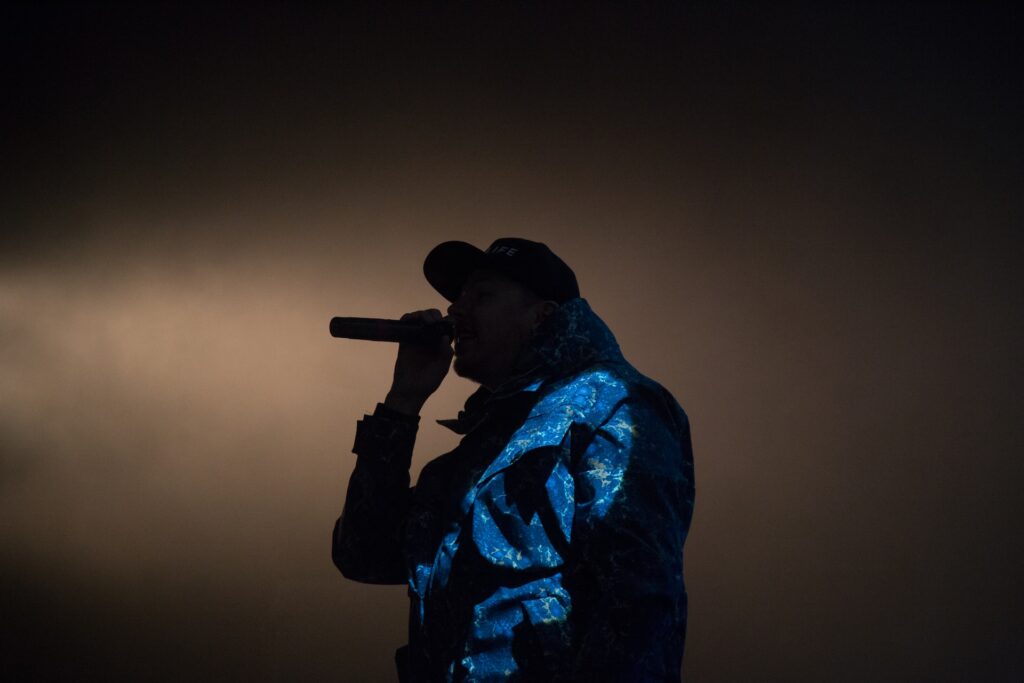Original programmer who worked on Michael Jackson’s Billie Jean reveals how he created its iconic four-chord stack
Written by WOM writer on December 26, 2023
“My secret sauce was to have a shorter release on the filter than the VCA.”
Bill Wolfer, who originally programmed and performed on the iconic Yamaha CS80 heard in Michael Jackson’s Billie Jean, has revealed exactly how he created the famous four-chord stack that repeats throughout the song.
Anthony Marinelli, a composer and performer, broke down how the chord stack was put together and how to recreate it in a YouTube video posted last week (15 December). Marinelli also worked on the Thriller album himself as a performer and arranger. Since then, Wolfer has left a comment underneath the video further adding some clarity to exactly how he achieved that unforgettable tone.
In his video, Marinelli says that the stack “consists of four completely different sounds that all play at the same time”, adding: “Back in the early 1980’s it was unheard of to use this many tracks of tape to record just one musical part. Sound one is stringy, sound two is brassy, sound three is voice-like, and sound four is actually Michael singing ‘oohs’ in two-part harmony.”
Watch Marinelli’s video below for his break down of the chords:
In Wolfer’s comment, he notes that Marinelli’s take on the synth sound “is very close” to the original. “It started when Michael heard me fooling around with trying a string/brass combination patch on a CS80 during the ‘81 Jacksons tour,” he adds.
“Afterwards, he asked me to work on the demo, and then do the part on the record at Westlake. For the record, I didn’t use the chorus circuit, because that thing was noisy as hell. I used pulse width modulation and a bit of detuning to animate the string sound. I also didn’t use any noise in the patch. The key to it, especially on the string side, is the release envelopes.
“My secret sauce was to have a shorter release on the filter than the VCA. If the cutoff frequency of the filter is set right, along with the right amount of envelope control, it simulates the resonance you get from a hollow body string instrument,” he explains.
“I recorded it in Studio B with Matt Forger, as Michael and Quincy were under a deadline for that E.T. children’s record they did. I knew the tune, so I got Michael to come approve the sound, and then recorded it just with Matt there. Then Michael and Quincy came down to listen.”
Recorded in 1982, Billie Jean was released as the second single from Jackson’s famous Thriller album. In 1984, it was certified as being the best selling album of all time.
Source: Rachel Roberts – musictech.com





